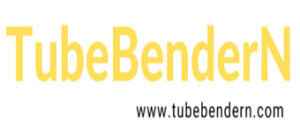Everything You Need to Know About Tube End Former
Tube end former is a very important and key machine that helps to achieve the tube end forming purpose. Because of its versatility, this machine is very popular in the metalworking industry. Today, we will guide you to learn the tube end formers from every aspect you may interested in. Follow our steps, and let’s begin!
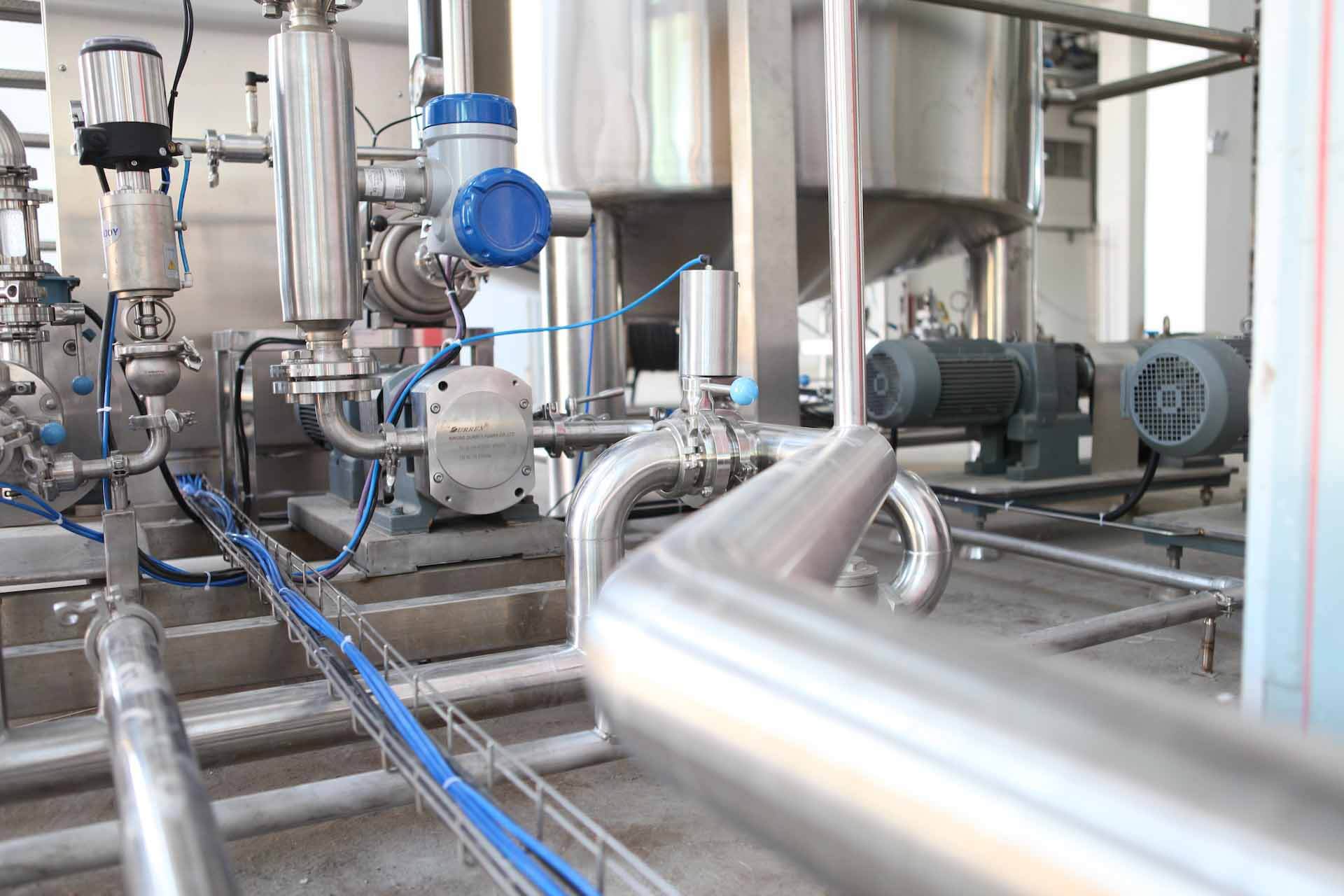
What is Tube End Former?
A tube end former, also known as a tube end forming machine or tube end shaping machine, is a specialized industrial equipment used to shape or form the ends of tubes or pipes. It is commonly used in manufacturing processes where tubes or pipes need to be made to achieve specific configurations or functions.
Tube forming machines utilize various techniques to reshape the tube ends, such as expanding, reducing, flaring, beading, swaging, tapering, or cutting. These processes are often necessary to prepare the tube ends for further assembly, joining, or connection with other components.
Pipe end forming machines typically consist of a machine body or frame, a hydraulic or mechanical power system, tooling or dies specific to the desired end shape, and control mechanisms to operate the machine. The machine is designed to securely hold the tube while applying the necessary forces and movements to form the desired end shape accurately and consistently.
Tubing end forming processes play a vital role in achieving structural integrity, leak-free connections, improved functionality, and enhanced aesthetic appearance in many products that rely on tubing systems.
More about metal forming, please click here.
What is Tube Expanding?
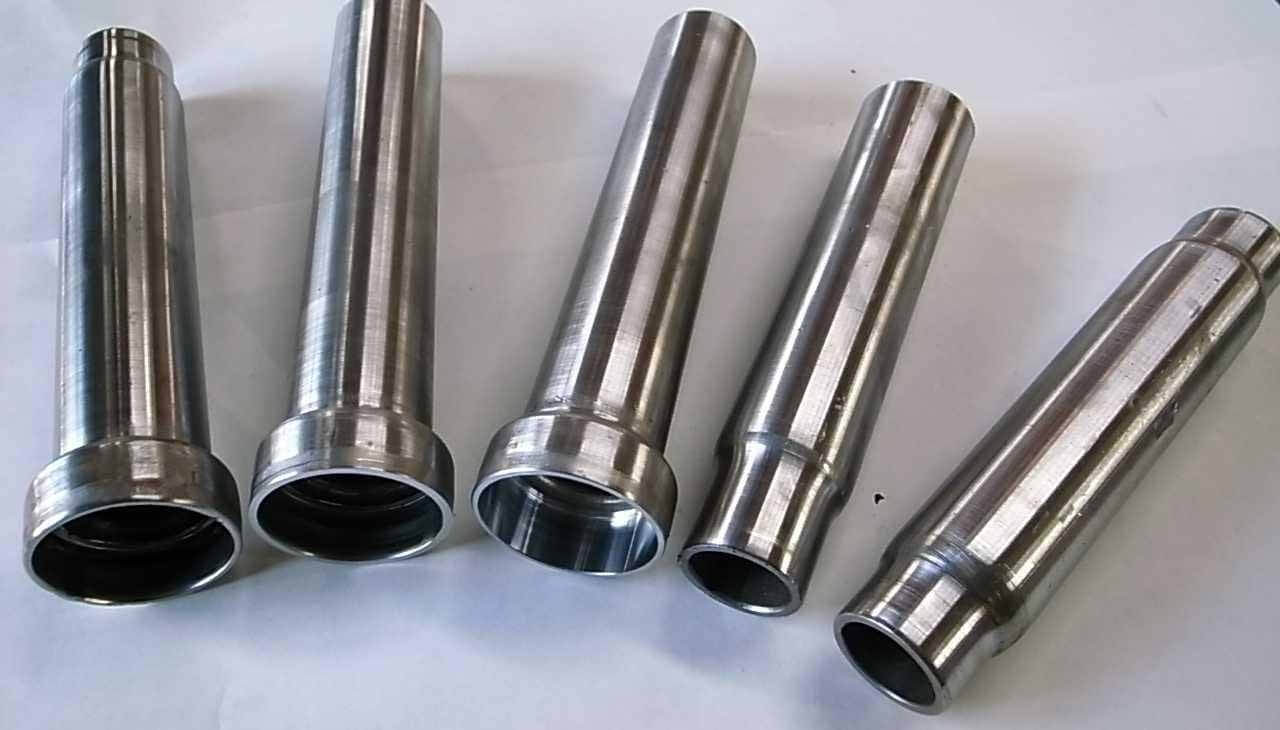
Tube expanding is a process used to increase the diameter of tube or pipe by using radial forces to expand its walls. The technique is commonly used in various industries where the tubes and pipes require tight and secure connections.
Tube Expanding Process:
Preparation: Select the tube ends that are already cleaned, deburred, beveled, or chamfered.
Insertion: Insert the tube into the receiving component or fitting.
Expansion: An expanding tool or mandrel is inserted into the tube and positioned at the desired expansion length. The mandrel is expanded radially, applying force against the inner surface of the tube.
Radial Force Application: The expanding tool exerts radial forces, which cause the tube’s walls to deform elastically and expand outward. Magnitude of force determines the degree of expansion.
Removal: After expansion, the expanding tool or mandrel is retracted, and the expanded tube remains in the desired shape.
The Benefits of Tube Expanding
Secure Connections: The extended tube can be connected with the receiving component at the tight and reliable condition, ensuring a leak-free joint.
Increased Strength: The expansion process strengthens the tube by reducing its wall thickness and increasing its diameter, which improves resistance to internal pressure or external forces.
Enhanced Heat Transfer: Due to increased surface area promotes better thermal conductivity, so expanded tubes can improve heat transfer efficiency. That is why tube expanding technology is widely used in heat exchangers, condensers, boilers, air conditioning, refrigeration systems, automotive radiators, piping systems, hydraulic systems, aerospace industry.
What is Tube Reducing?
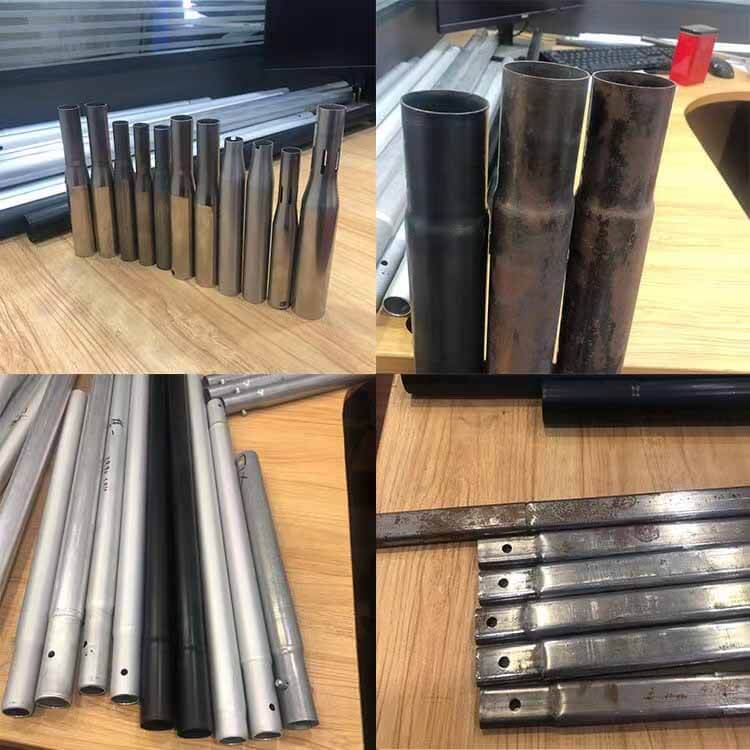
Tube reducing, which is also referred to as tube swaging or tube downsizing, is a process used to decrease the diameter of a tube or pipe. It entails applying radial forces that compress the walls of the tube, resulting in a reduced diameter but still maintaining the overall length of the tube.
Tube Reducing Process:
Preparation: The chosen tube ends need to be processed like tube end deburring, tube end cleaning, tube end beveling, or chamfering.
Insertion: The tube needs to be inserted into a die or forming tool which is made according to the request reducing tube diameter.
Compression: Radial forces, typically administered through hydraulic or mechanical means, are applied to the tube. The die or forming tool compresses the tube walls inward, leading to a reduction in diameter while maintaining the overall length.
Dimension Control: The compression applied is meticulously controlled to achieve the desired reduced diameter, ensuring accuracy and consistency in the process.
Removal: Once the reduction is finished, the tube is extracted from the die or forming tool.
The Advantages of Tube Reducing:
Size Adaptation: It enables tube ends to be resized to fit into other components within your project.
Enhanced Strength: The compression process increases the wall thickness of the reduced section, resulting in improved structural strength and enhanced resistance to external forces.
Improved Flow Characteristics: Reduced tube diameters can enhance the flow rates of fluids or gases, widely used in piping systems, heat exchangers, and hydraulic systems.
Component Integration: Tube reduction greatly improves the quality of smooth transitions and connections between tubes or pipes of different sizes.
Tube reducing is commonly used in industries such as piping systems, the automotive industry, furniture manufacturing, bicycle and motorcycle frames, structural fabrication, roll cages, aerospace and aircraft applications, and furniture and equipment assembly, where precise diameter adjustments and efficient flow management are crucial considerations.
What is Tube Flaring?
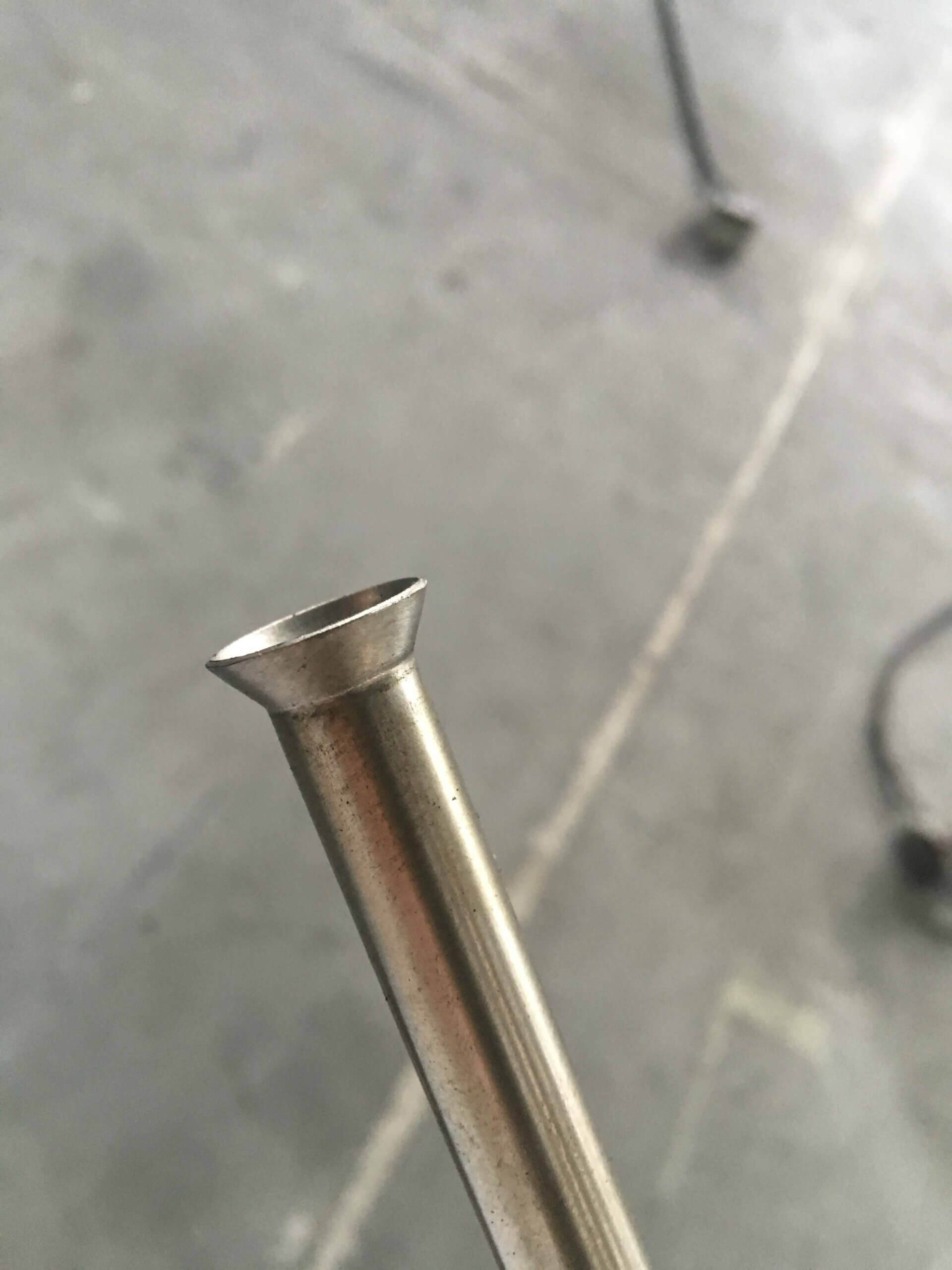
Tube flaring is a process used to create a flared or widened end on a tube or pipe. Gradually increase the tube diameter and shape the tube end like a cone. Tube flaring parts are widely used to connect with fittings, valves, or connectors.
Tube Flaring Process:
Preparation: Before flaring the tube, you need to clean the tube end, such as deburring, beveling, or chamfering.
Marking: A reference point is marked on the tube, indicating the desired length of the flared section.
Flaring Tool: A flaring tool usually consists of a cone-shaped mandrel and a forming die to support the tube during the manufacturing process.
Flaring: The tube is inserted into the flaring tool, and the mandrel is positioned inside the tube. By applying axial or radial force, the mandrel presses against the inner surface of the tube while the forming block supports the outer surface. Forming the tube end to your desired flared shape by gradually expanding.
Inspection: Once finished the flaring, please check the flared result, if they can meet the request of the product drawing or sample.
Tube flaring is widely used in various industries, including the automotive industry, hydraulic systems, refrigeration and air conditioning systems, plumbing, fuel systems, aerospace and aircraft applications, plumbing fixtures, and industrial and manufacturing equipment.
The Advantages of Tube Flaring:
Connection: Flared tube ends provide a secure and leak-proof connection between the tube and other components.
Enhanced Flow: The flared end reduces restrictions and turbulence in fluid or gas flow, improving efficiency in systems such as fuel lines or refrigeration systems.
Strength: The flared shape increases the strength and durability of the tube end, reducing the risk of damage or deformation.
Sealing: Flared ends can be used to create a sealing surface when paired with suitable seals or gaskets, ensuring a reliable joint.
Please note that there are different types of flares, such as single flares, double flares, and bubble flares. The choice of flare type depends on specific applications.
Learn more about tube flaring here.
What is Tube Beading?
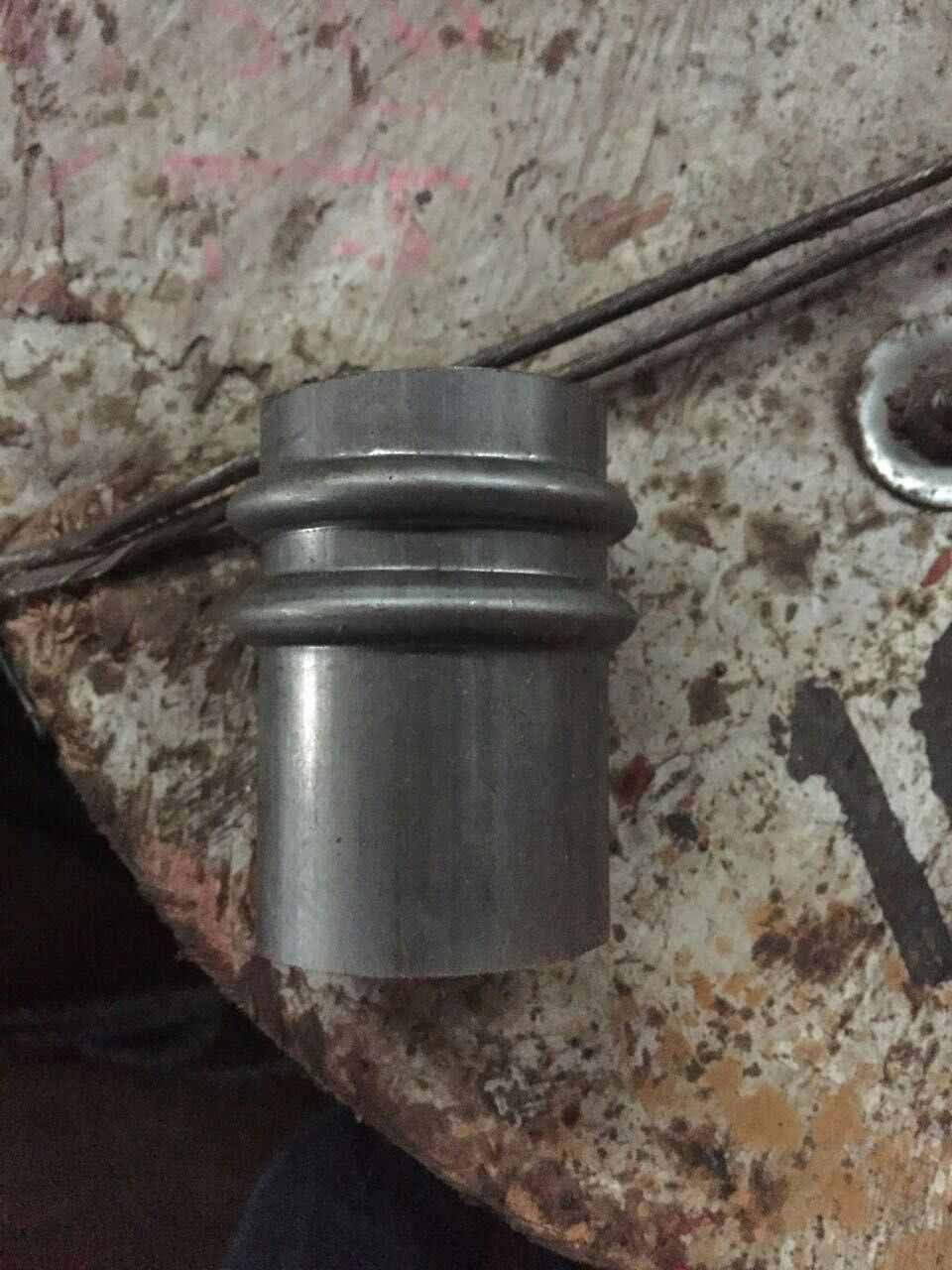
Tube beading is a process used to create a bead or ridge on the outer surface of a tube or pipe. It involves deforming a section of the tube to form a raised ring-like feature. Such tube beading is commonly used to improve joint strength, enhance the retention of hoses or fittings, or prevent slippage.
Tube Beading Process:
Preparation: Before beading the tube, you need to ensure that the tube end is cleaned, deburred, beveled, or chamfered.
Beading Tool: A specialized beading tool or mandrel is used to create the bead. The tool generally consists of a forming head or roller with a profile that matches the desired bead shape.
Beading: The tube is secured in a suitable fixture, and the beading tool is positioned at the desired location on the tube. The tool is then pressed against the outer surface of the tube, causing the material to deform and form a raised ridge or bead.
Control and Inspection: The beading process needs to be controlled carefully to ensure the desired bead shape and size. Check the height, width, and smoothness of the bead.
Tube Beading Advantages:
Joint Strength: The bead acts as a reinforcement, increasing the strength and rigidity of the tube end. This is very useful when your beading tube is used to connect to other components or subjected to mechanical stress.
Hose or Fitting Retention: The bead provides a gripping surface that helps secure hoses, fittings, or other attachments to the tube, preventing it from slipping or coming loose.
Anti-Rotation: Tube beading also can be used to create features that prevent rotational movement, ensuring the tube remains fixed in a specific orientation.
Tube beading is commonly used in industries such as the automotive industry, HVAC systems, plumbing and piping systems, fluid handling systems, oil and gas industry, medical equipment, manufacturing and fabrication, customization, and design. The bead shape and size can vary according to different applications and functions.
Here, you can learn more about tube beading.
What is Tube Tapering?
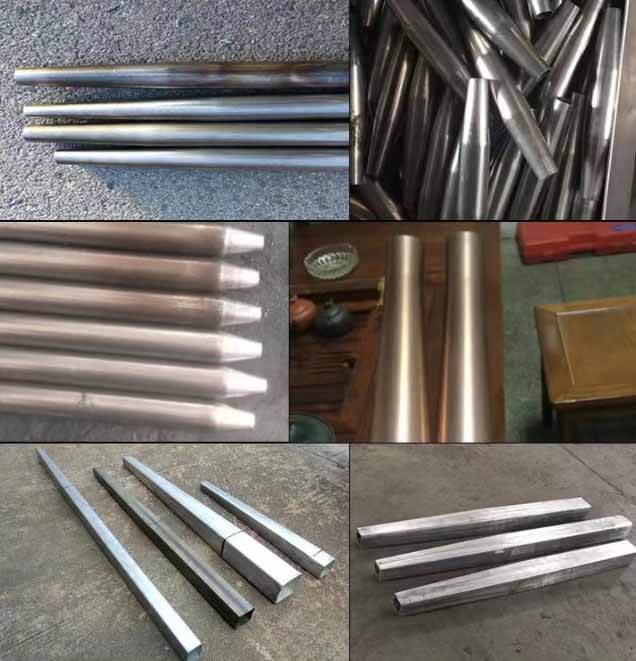
Tube tapering is a process used to gradually decrease the diameter of a tube along its length, resulting in a tapered or conical shape.
Tube Tapering Process:
Preparation: Before tapering the tube, you need to clean, deburr, bevel, or chamfer the tube end.
Tapering Tool: A specialized tapering tool or mandrel is used to create the desired taper. The tool consists of a series of forming dies that gradually reduce the tube diameter.
Tapering: Tapering tool is positioned at the right place of the machine, opening the machine start button, inserting the tube into the tapering tool, applying radial forces that compress and reshape the tube, gradually reducing its diameter along the length.
Control and Inspection: The tapering process needs to be precisely controlled to the desired tapered angle, tapered length, and diameter. Check if the tapered result can meet the request for your product drawing or sample.
Tube Tapering Advantages:
Size Adaptation: Tapering tube is a great choice if you request to connect with different-sized components or create transitions between sections of varying diameters.
Weight Reduction: Tapering can reduce the weight of the tube, making it lighter and more efficient in certain applications.
Enhanced Flow Characteristics: The tapering of tubes can improve fluid or gas flow rates by reducing restrictions and minimizing turbulence.
Aesthetic Design: Tapered tubes are widely used in architectural, artistic, or furniture applications for decorative purposes.
Tube tapering finds applications in industries such as structural frameworks, the aerospace industry, flagpoles and lighting poles, sports equipment, furniture manufacturing, conveyor systems, musical instruments, and automotive exhaust systems. Tapered angle, length, and diameter can vary according to specific requirements.
What is Tube End Sealing?
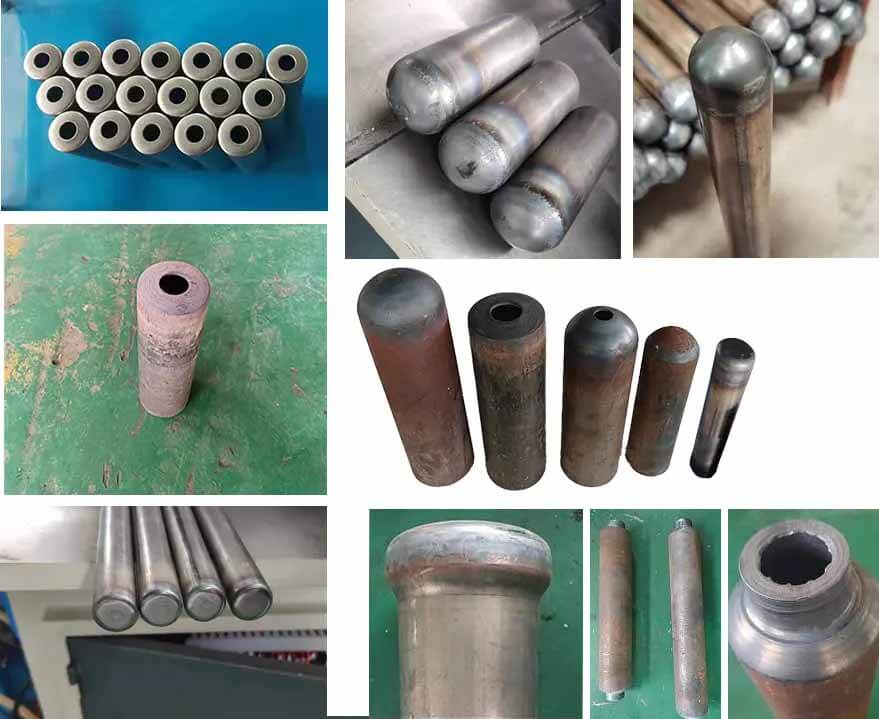
Tube end sealing refers to the process of closing or sealing the end of a tube or pipe to prevent the leakage or ingress of fluids, gases, or other materials. It involves various techniques aimed at creating a tight and secure seal at the tube’s end to maintain the integrity and functionality of the system.
Tube end sealing method depends on the specific application, tube material, and the desired level of sealing effectiveness. Here are some common techniques for tube end sealing:
Tube Flanging: Flanging involves deforming the tube end to create a broad, flat surface. This method provides a large contact area for sealing with other components, such as flanges or fittings, using gaskets or O-rings.
Tube Swaging: Swaging is a process that reshapes the tube end and reduces its diameter. This compression creates a tight fit and forms a seal, particularly when joined with another tube or fitting.
Tube Welding: Welding is used to permanently seal the tube end by melting the material and fusing it together. Various welding techniques, such as TIG (Tungsten Inert Gas) or MIG (Metal Inert Gas), can be used depending on the tube material and application.
Tube Crimping: Crimping is using specialized tools or dies to compress the tube end. This method creates a secure closure by reducing the tube diameter and creating a tight seal.
Tube Cap or Plug: Place a cap or plug at the end of the tube is a simple and effective sealing solution. Caps or plugs can be made from plastic, metal, rubber, etc. They are designed to fit the tube end securely and prevent leakage or contamination.
Tube end sealing is widely used in the automotive industry, HVAC systems, plumbing and piping systems, fluid handling systems, pharmaceutical and biotechnology industries, oil and gas industry, food and beverage industry, and laboratory equipment. This technology ensures the proper functioning and safety of systems that involve fluid or gas transportation.
The Advantaged of Tube End Formers
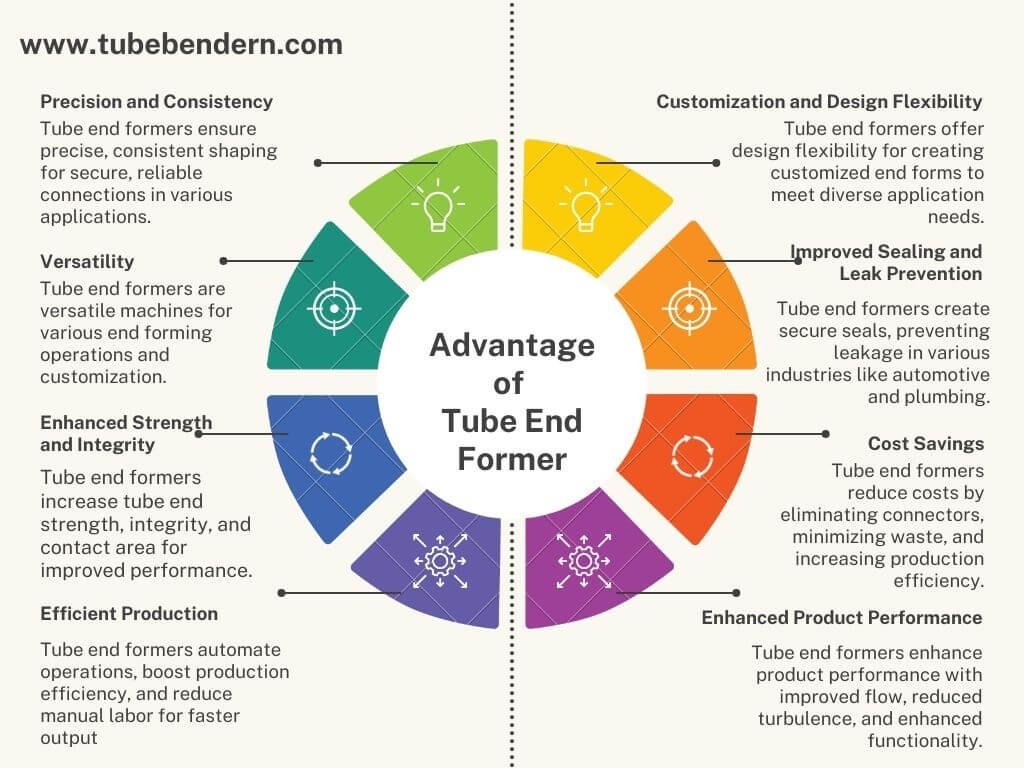
How to Choose the Proper Tube End Former?
Due to the customizable feature of tube end former, they can be designed to fit tube size, tube material, tube shape, and working capacity. When you are going to purchase a tube end forming machine, you need to consider the below factors and chat with the supplier.
Application Requirements: According to your request and specific application, you need to decide which tube end forming process you want, such as expanding, reducing, flaring, beading, or closing.
Tube Diameter and Thickness: To confirm the machine’s capacity, you need to confirm the tube size and thickness that you want to process on the tube end former.
Material Compatibility: Verify the tube end former you order can work with your tube material, such as steel, stainless steel, aluminum, copper, etc.
Tooling Options: Different sizes and different tube end forming shapes need different tooling. If possible, you will need different end forming tooling to support different end forming shape requests.
Precision and Consistency: If you have requests for precision and consistency, you need to check if the machine you ask for can meet the product tolerance and your production capacity.
Production Volume: Evaluate the production capacity and speed of the tube end former to see if this machine can meet your production volume.
Control and Automation: Determine the level of control and automation features that suit your production needs, including programmability and integration capabilities.
Footprint and Installation: Check the machine size, weight, and power and see if your workspace can accommodate this machine.
Operator Skill and Training: Learn how to operate the pipe end forming machine from your supplier. Ask them to take the operation video step by step for you or invite the supplier’s engineer to your company to teach your workers onsite.
Manufacturer Support: Evaluate the warranty, spare parts availability, and technical support provided by the manufacturer.
TubeBenderN is the manufacturer of tube end former and supplies both semi-auto and automatic pipe end forming machines. Get the proper tube form solution by contacting our sales expert below.
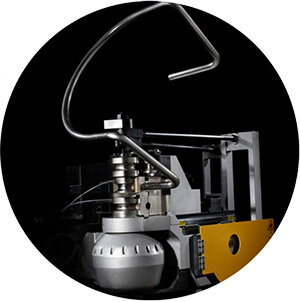
Denis Lau
Denis Lau has 20 years of work experience in the metal processing industry. His major in university was mechanical engineering, and after graduation, he started from the bottom of the workshop, gaining extensive hands-on professional experience and the ability to tackle challenges from various industries.
